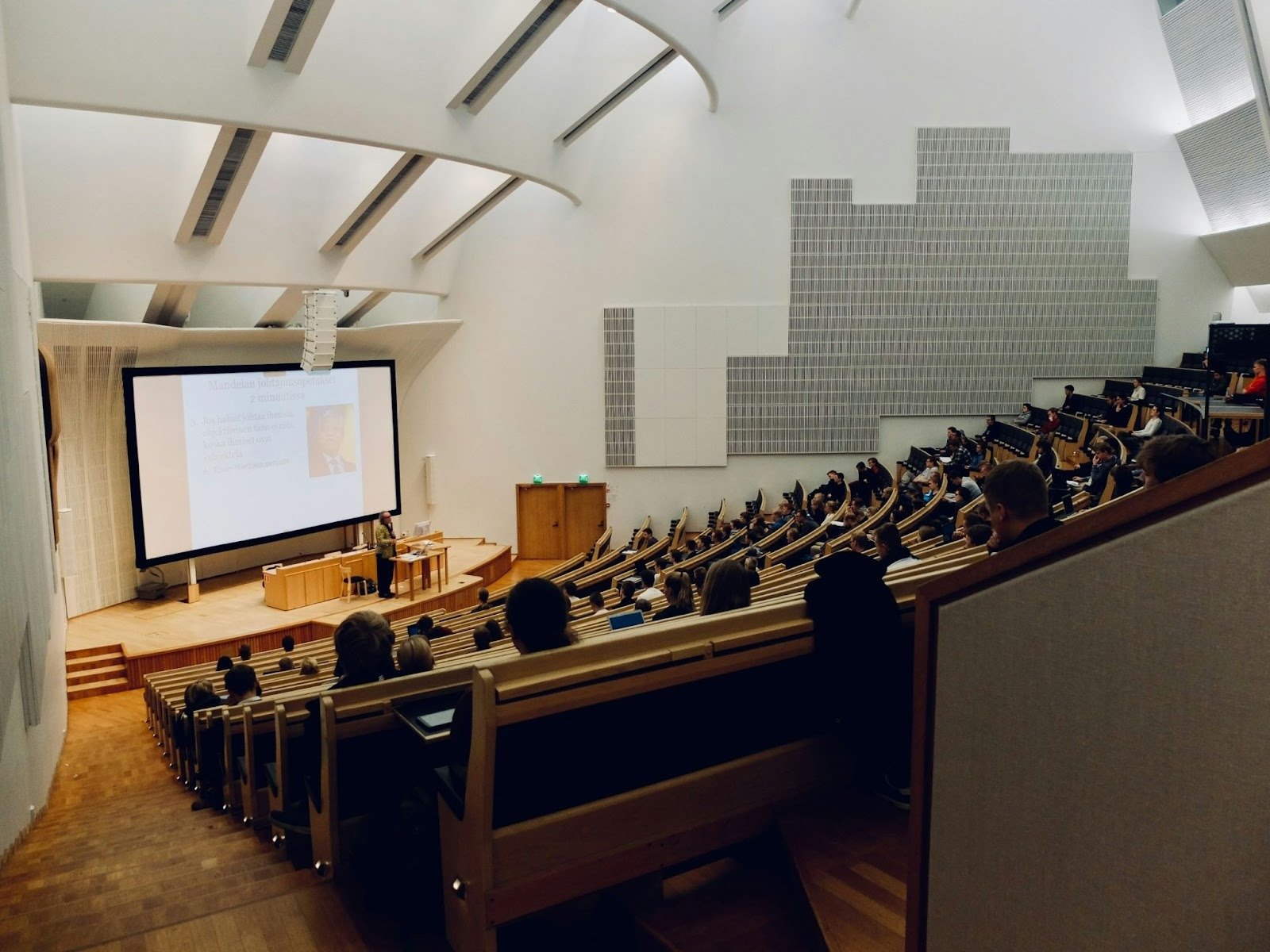Ever look around your building and wonder if it’ll still work for you in five years? It’s a fair question—and one most people don’t have time to answer. When you’re busy managing daily issues, long-term planning can feel optional.
But with rising costs, changing work patterns, unpredictable weather, and fast-moving tech, preparing your space for what’s next is now a must. Whether it’s a shop, warehouse, or office, staying functional long-term helps you stay in business. A good way to save some money is to lean into efficiency with your energy costs. The smart commercial thermostats for government offices are just as good for retail spaces and warehouses, and going smart can help you to ensure you keep your costs down and your energy efficient.
In a place like Grand Rapids, where seasonal shifts and aging infrastructure collide, being proactive matters. In this blog, we will share what it truly means to future-proof your space, how to spot red flags early, and why long-term thinking often starts at the top.
Start with What Holds Everything Together
When people talk about upgrading a space, they usually picture furniture, lighting, or maybe a fresh coat of paint. What they should think about first is structural protection. It’s not flashy, but it matters more than just about anything else. Without a strong outer shell, all the other improvements won’t last.
One of the most overlooked—but critical—parts of future-proofing is the roof. A bad one can damage your inventory, interrupt operations, and quietly drain your energy budget. And since weather patterns are becoming more intense and less predictable, investing in long-term protection is smart—not just safe.
That’s why many business owners are turning to a reliable Grand Rapids commercial roof replacement company before issues escalate. A professional evaluation can catch weak spots early. And if a replacement is needed, today’s materials are built to handle more wear, more impact, and more extremes than older systems ever could.
It’s not just about leaks. A solid, modern roof can improve insulation, reduce noise, cut energy use, and add real value to your building. It means fewer surprise repairs and more predictable budgets. That’s a kind of future-proofing that pays for itself.
Design with Flexibility in Mind
If the last few years have taught us anything, it’s that flexibility wins. Businesses that survived the chaos of 2020 and beyond weren’t necessarily the biggest. They were the most adaptable. And part of that adaptability came down to how their physical spaces were set up.
Future-proofing means making room for change—even if you don’t know what change is coming. That could mean creating open floor plans that are easy to rearrange. Or building in modular systems—furniture, lighting, signage—that can move with you as your team or your goals shift.
It also means paying attention to how people use space. Is there enough natural light where people actually sit? Are restrooms and entryways accessible to everyone? Are your systems—Wi-Fi, HVAC, security—ready to grow with you, not against you?
A space that can pivot easily is one that doesn’t hold you back. When you think long-term, you start to see your space not just as a shell, but as a tool.
Technology Should Help, Not Hinder
Future-proofing doesn’t mean you have to turn your office into a sci-fi movie. It just means using the tools available to stay current—and to keep things simple.
Smart thermostats that adjust based on usage. Lighting that senses motion. Security systems you can monitor from your phone. These aren’t gimmicks. They’re ways to make your building work for you.
But tech only works if it solves real problems. Don’t install a touchscreen wall display if you still can’t get consistent cell service in half the building. Choose improvements that make life easier, not more complicated.
And always think about what comes next. Can your systems be updated as software improves? Will your setup still be relevant in three years? Make decisions that leave room to grow.
Efficiency Is the Name of the Game
Whether you’re trying to cut costs, reduce your environmental footprint, or just stay ahead of the next utility spike, efficiency should be part of your strategy.
That means more than switching to LED bulbs or turning down the heat. It means auditing how energy moves through your space. Where is it wasted? Where can it be redirected?
A well-insulated building saves money and stays comfortable longer. Efficient systems mean fewer breakdowns and less maintenance. And investing in high-quality materials today—like weather-resistant exterior finishes or long-lasting roofing—means spending less time and money patching things up later.
Efficiency isn’t a trend. It’s part of building smarter. And it’s essential for anyone trying to make their space last.
Think Beyond What You Can See
Some of the most important improvements are the ones you’ll never show off in a photo. Things like updated wiring, reinforced beams, or backup generators don’t get a lot of attention. But when you need them, you’re glad they’re there.
Future-proofing is about being ready for the hard stuff. Not just storms and outages, but staff changes, system failures, even growth. It’s preparing for the moments when you don’t have time to plan—but still need to act.
That doesn’t mean turning your space into a fortress. It just means being honest about where your vulnerabilities are. Ask yourself: What would break if you were down one key system? What would get worse if you waited six more months to fix it?
Address those things before they show up on your emergency to-do list.
Final Thoughts
To future-proof your space is to bet on the fact that change is coming. It’s not always bad change. Growth, expansion, new ideas—these are good things. But they’re only possible if your space can support them.
It means investing in the bones of your building. Looking at how your space works—not just how it looks. Choosing materials and systems that hold up to time, weather, and evolving needs.
It’s not about predicting the future. It’s about preparing for it with clarity, intention, and a little creativity.
Because when your space is built to last, you’re free to focus on what really matters—running your business, supporting your team, and adapting to whatever comes next.







